Vacations used to be a time to rest. Now, vacations are a time to gather great content. As travellers post from white sandy beaches, turquoise canals, or artfully plated meals, they chase that perfect shot for Instagram. Relaxation has turned into a performance, and the quest for perfect aesthetics creates unnecessary pressure to capture the sites, curate the perfect pose, and post, sharing your experience with anyone willing to click and scroll. In this complete alteration of relaxation, the pressure lies on the vacations to escape, but escape means curating photographs with poses, filters, hashtags, and likes (Dumas et al., 2017). As a result, we have traded a memory for validation – validating our lives by posting our experience – allowing social media to blur experience with image, where the quest for picturesque travel can blind one’s purpose for travel, to unplug, recharge, and escape (Hu et al., 2014).
Read More: Why Vacations are good for your Heart?
The Allure of the Instagrammable Getaway
As social media reigns, travel has emerged as a performance for visibility as much as for exploration (Khamis et al., 2017). Instagram has relegated holidays to curated visual objects. Not only are vacations planned based on destinations, hotels, or meals based on their actual significance to a traveller, but also their appearance (Lo & McKercher, 2015). Now, a hotel is not selected based on location or comfort, but for the pink walls and hanging rattan chairs; a meal is not evaluated by its taste, but by the presentation on a plate. From the white domes in Santorini to infinity pools in Bali, the most ‘instagrammable’ places in the world are no longer hidden gems but places set apart in the algorithm (Abidin, 2016).
The shift in values also signifies a cultural transition: the enjoyment of posting your experiences in real time, but at the expense of actually enjoying the trip. Travellers will spend hours on selfies, waiting for just the right lighting, perfecting what pose they will take, and editing the images; they have changed their method of relaxation into a performance (Lo & McKercher, 2015). The desire for an ideal, high-envy feed can frequently lead to anxiety, comparison, and feelings of inability when their realities never quite live up to the filtered projection (Chou & Edge, 2012).
Read More: Strategies for Finding Joy in Solo Holiday Moments
When Vacations Become Work
The truth of travel memories can bring enjoyment when recorded, but an obsession with aesthetics can transform intricate, vibrant cultures into backdrops/props (Lo & McKercher, 2015). When the experience becomes secondary to the shot, the authenticity of the place diminishes. A beautiful, Instagrammable vacation might be difficult to pay for, but the real cost could be emotional: a perfect-looking getaway that leaves the vacation disconnected from the experience they have so carefully crafted (Abidin, 2016).
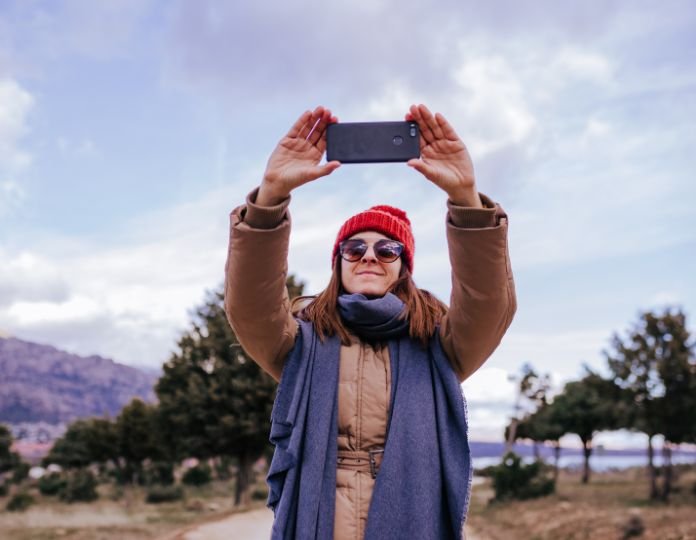
What used to be a time to relax and recharge has, for many, become a new type of labour: content creation (Khamis et al., 2017). Today’s vacations often demand continual performance—slipping into position for photos, polishing reels, writing captions, and curating posts to feed the idealised online self. Instead of lounging on the beach, travellers are running around looking for the right angles or lighting; instead of enjoying a meal, they are adjusting filters. The pressure to create and produce content is what turns rest into a laundry list of photo ops and transforms leisure into tasks.
This transformation comes with a slippery slope between getaway and grind. For influencers, it’s a job; for average users, it’s a social norm (Abidin, 2016). Either way, the mental burden exists: the pressure to look fashionable while secretly working hard behind the scenes. With downtime on display, we seldom truly disconnect, and it’s almost impossible to find a true break when you’re creating content to be consumed. In pursuit of likes and views, we return home more tired than we left—evidence that now, with every moment, few moments are actually lived (Twenge, 2017).
Read More: The Constant Need to be Active on Social Media Platforms
The Psychological Toll of Aesthetic Pressure
Seeking the “perfect” vacation picture may have an unforeseen side effect: one’s mental health. Whether building the perfect feed or seeking validation through likes and comments, an individual internalises a cycle of validation-seeking behaviour where their self-worth is dependent on approval (Boursier et al., 2020). This sense of external validation can actually bring anxiety when one’s real life and experiences do not match the idealistic images portrayed on social media (Chou & Edge, 2012). The never-ending social media scroll only feeds comparison, and many may wonder what is wrong with their trips, even on their vacations (Twenge, 2017).
For many, the pursuit of perfection only heightens the pressure, and they stage every moment primarily for social media, and edit picture-perfect moments to mask what does not live up to perfection. The burden of looking effortlessly glamorous can prevent an individual from feeling real emotions, decrease their presence, and set up false expectations for themselves (Boursier et al., 2020). Instead of returning home feeling refreshed from their travels, an individual may return feeling emotionally drained, lonely, or disappointed (Twenge, 2017). In an aesthetics-driven society, where travellers today seek a beautiful representation of reality, it is ironic that the pursuit of beauty may ultimately take away the peace and connectedness that rest requires—transforming one mode of escape into another source of stress.
Read More: The Aesthetic Life: Exploring the Psychology of Visual Self-Branding
Reclaiming Rest and Authentic Travel
The pressure to capture the perfect trip can leave us more drained than refreshed. It’s time to shift from performance to presence—and rediscover travel that truly restores.
- Disconnect to Connect: Make a commitment to a digital detox—set aside specific hours when you will be screen-free, or simply leave your phone behind during certain moments. To be present in the moment, not documenting it, will allow for a richer encounter with your environment and your fellow travellers (Syvertsen & Enli, 2019).
- Value presence over performance: Focus on the moment instead of getting the best shot. Take a deep breath of the ocean air, taste the local morsel, and go with what feels right in front of you instead of catching the right places to stage.
- Value meaning over aesthetics: Choose destinations and experiences based on what you enjoy instead of what Instagrams well. A trail less taken in the mountains, or a family-run place to eat, will provide you with more lasting memories than a crowded spot where you can get the best picture.
- Limit social media: Only posts after the trip (if even), to relieve performance pressure, and reflect without “outwardly” filtering your experiences (Syvertsen & Enli, 2019).
- Create physical memories: Journals, postcards, polaroids of moments in time, and other artefacts that have low expectations for attachments. Physical memories allow for authentic, fixing in time- creating something more lasting than social postings.
Conclusion
This vision of the Instagrammable getaway offered a way to share our beautiful experiences—but has quietly turned travel into a pursuit of perfection, rather than presence. The curated social media feed, the metrics of performance-driven itineraries, and the constant pressure to present that we are “living our best lives” can result in extreme fatigue rather than inspiration. In true restoration, we don’t need likes; we need fully-lived moments and quietness. By pulling ourselves away from the lens and connecting again with our experience, we can travel once again as a source of rest, meaning, and authentic joy—where memories matter more than metrics, and the best moments are those we don’t feel like we need to prove.
FAQs
1. How does Instagram affect mental health?
Instagram can lead to anxiety, depression, and low self-esteem, especially if the user compares their real life with carefully edited, idealised images. The pressure to present a perfect life, often illustrated by travel photos, can lead to feelings of inadequacy and FOMO.
2. Does travel really help improve mental health?
Yes. It has been shown that travel improves mental health by decreasing stress, improving mood and increasing creativity. Just planning travel has been shown to improve well-being because it gives people something to look forward to.
3. If Instagrammable vacations leave us feeling drained, why is that?
Travel can be exhausting if we replace resting with content creation (posing, editing, and pursuit of likes). Thus, we shift travel from relaxing to performing, increasing our cognitive load and decreasing mental downtime.
4. How do I enjoy travel without succumbing to a social media trap?
Try a digital detox for the duration of your trip. Control your posting, spend less time posting and more time creating an experience. Be present and focus on what you like; try not to document all of your experiences. Curate experiences without images in mind, focus on the experience, and take home tangible objects to document rather than pictures, such as postcards or travel journals.
5. Is it acceptable to post travel photos at all?
Yes, with discretion. Posting travel photos can be fun, but it’s healthier to document and post afterwards rather than allow documentation to dictate your travel experience.
References +
Abidin, C. (2016). “Aren’t these just young, rich women doing vain things online?”: Influencer selfies as subversive frivolity. Social Media + Society, 2(2), 1–17. https://doi.org/10.1177/2056305116641342
Boursier, V., Gioia, F., Griffiths, M. D., & Marino, C. (2020). Do selfie-expectancies and social appearance anxiety predict adolescents’ problematic social media use? Computers in Human Behaviour, 110, 106395. https://doi.org/10.1016/j.chb.2020.106395
Chou, H. T. G., & Edge, N. (2012). “They are happier and have better lives than I am”: The impact of using Facebook on perceptions of others’ lives. Cyberpsychology, Behaviour, and Social Networking, 15(2), 117–121. https://doi.org/10.1089/cyber.2011.0324
Dumas, T. M., Maxwell-Smith, M., Davis, J. P., & Giulietti, P. A. (2017). Lying or longing for likes? Narcissism, peer belonging, loneliness and normative versus deceptive like-seeking on Instagram in emerging adulthood. Computers in Human Behaviour, 71, 1–10. https://doi.org/10.1016/j.chb.2017.01.037
Khamis, S., Ang, L., & Welling, R. (2017). Self-branding, ‘micro-celebrity’ and the rise of Social Media Influencers. Celebrity Studies, 8(2), 191–208. https://doi.org/10.1080/19392397.2016.1218292
Lo, I. S., & McKercher, B. (2015). Ideal image in process: Online tourist photography and impression management. Annals of Tourism Research, 52, 104–116. https://doi.org/10.1016/j.annals.2015.02.019
Syvertsen, T., & Enli, G. (2019). Digital detox: Media resistance and the promise of authenticity. Convergence, 25(5–6), 1024–1039. https://doi.org/10.1177/1354856519847325
Twenge, J. M. (2017). iGen: Why today’s super-connected kids are growing up less rebellious, more tolerant, less happy—and completely unprepared for adulthood. Atria Books.

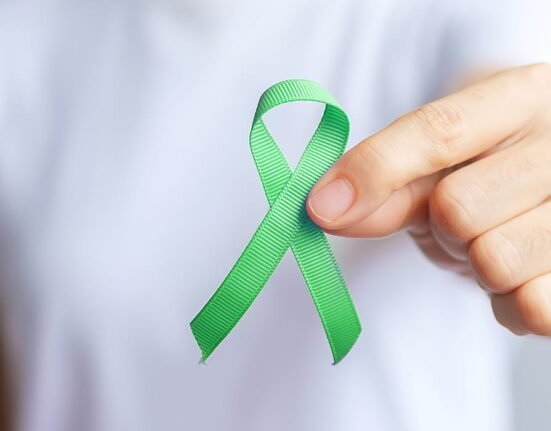
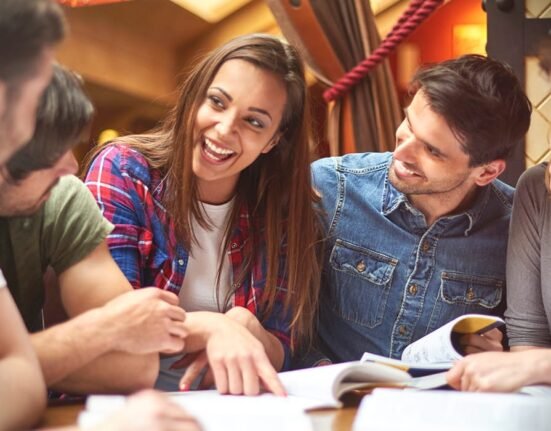

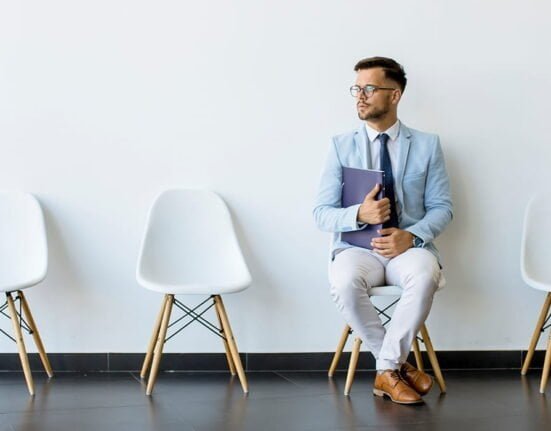
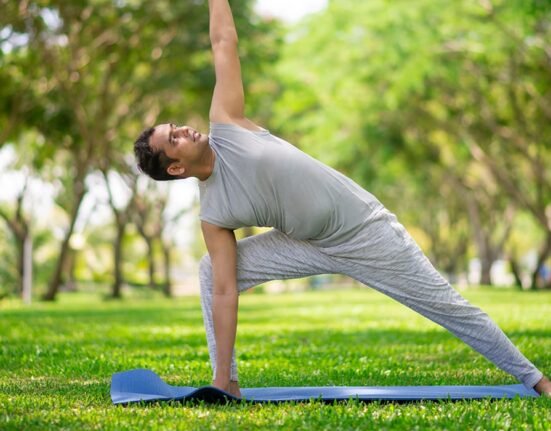
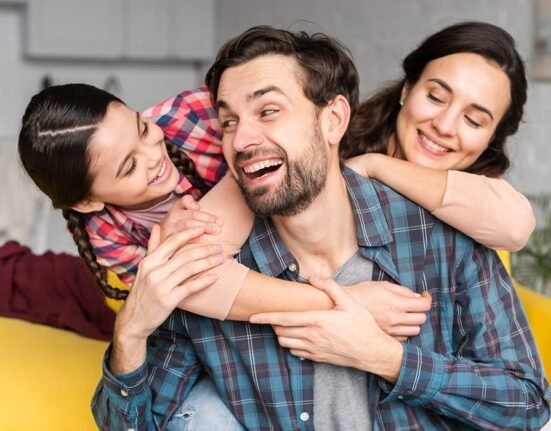
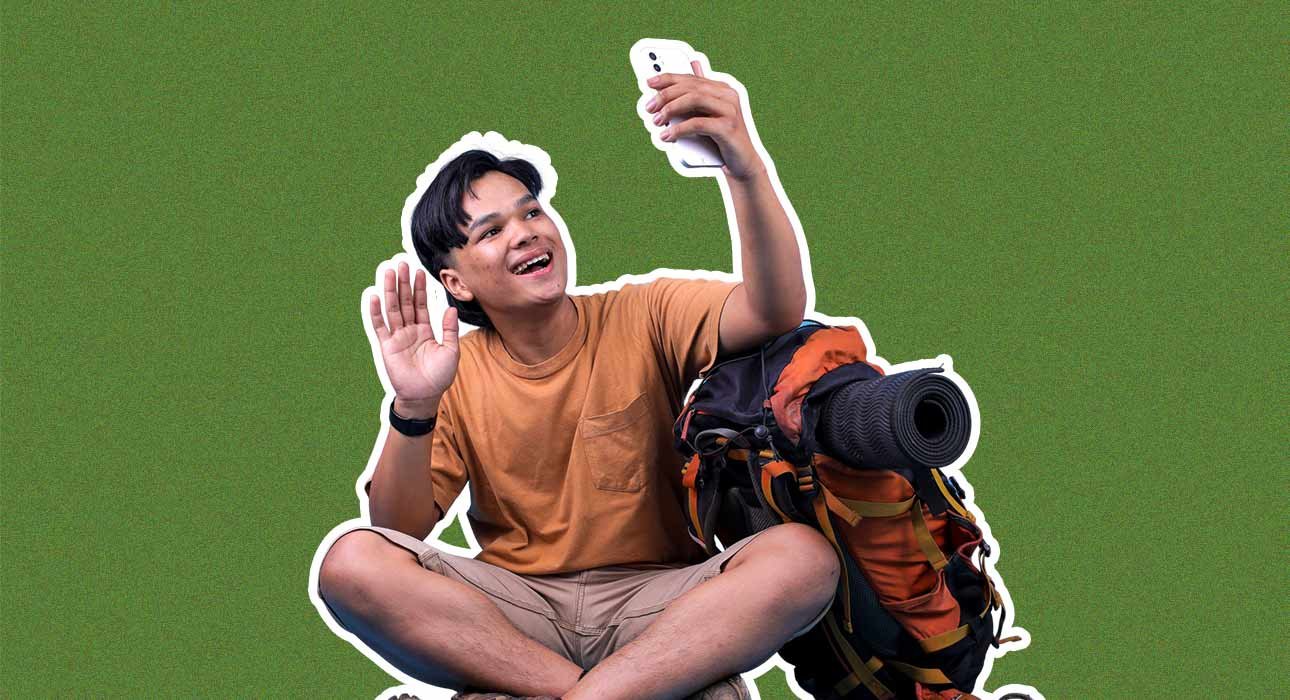
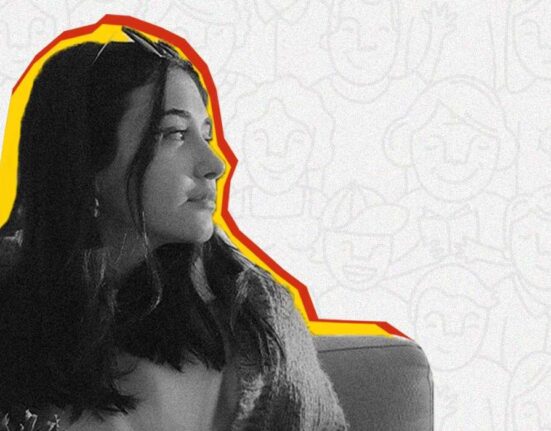
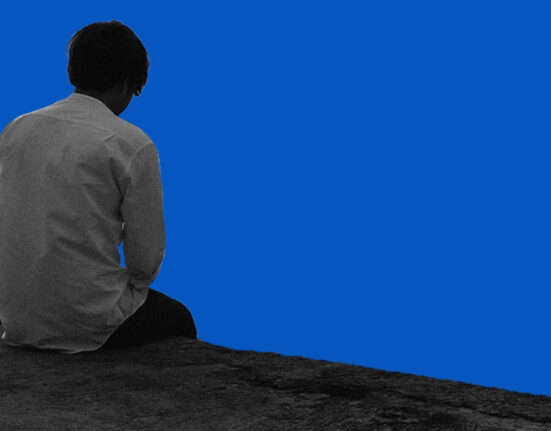
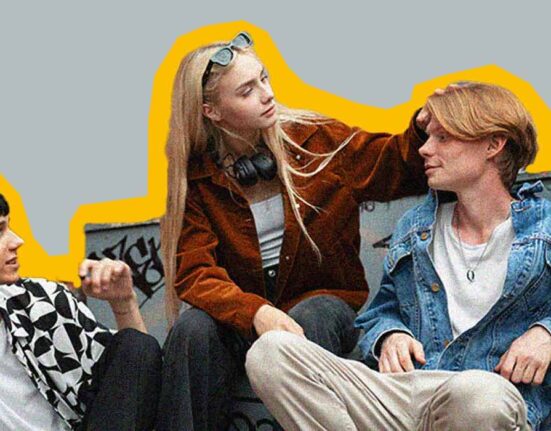


Leave feedback about this